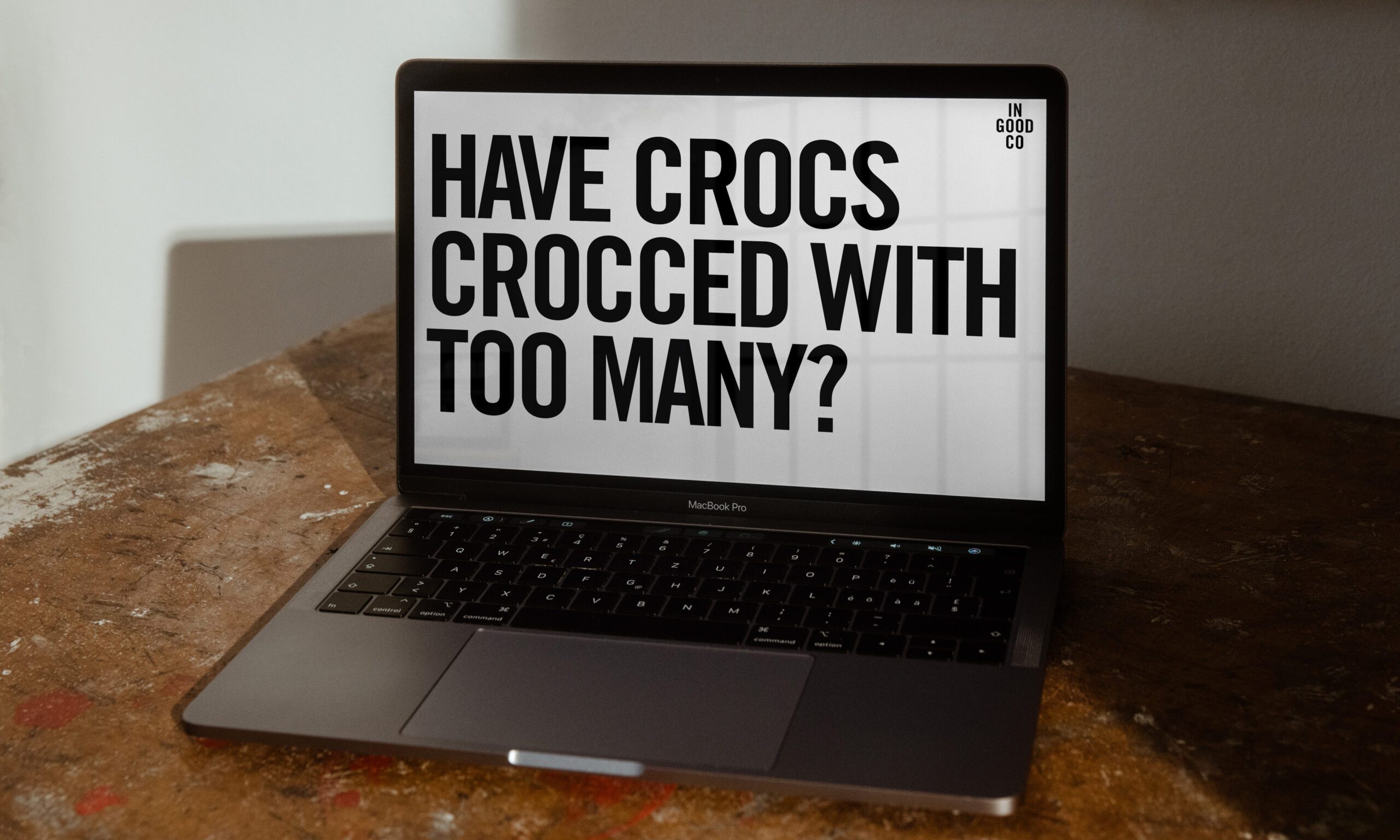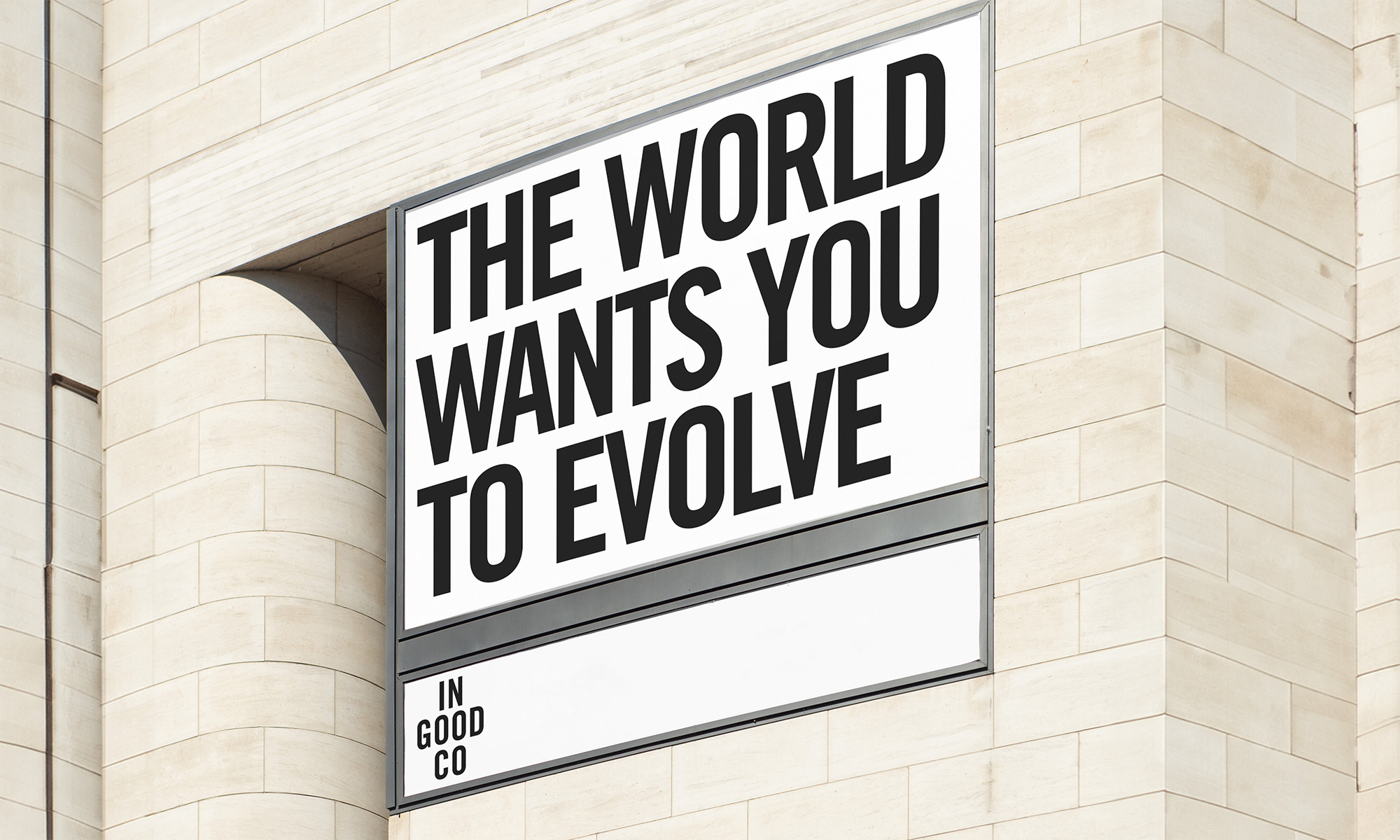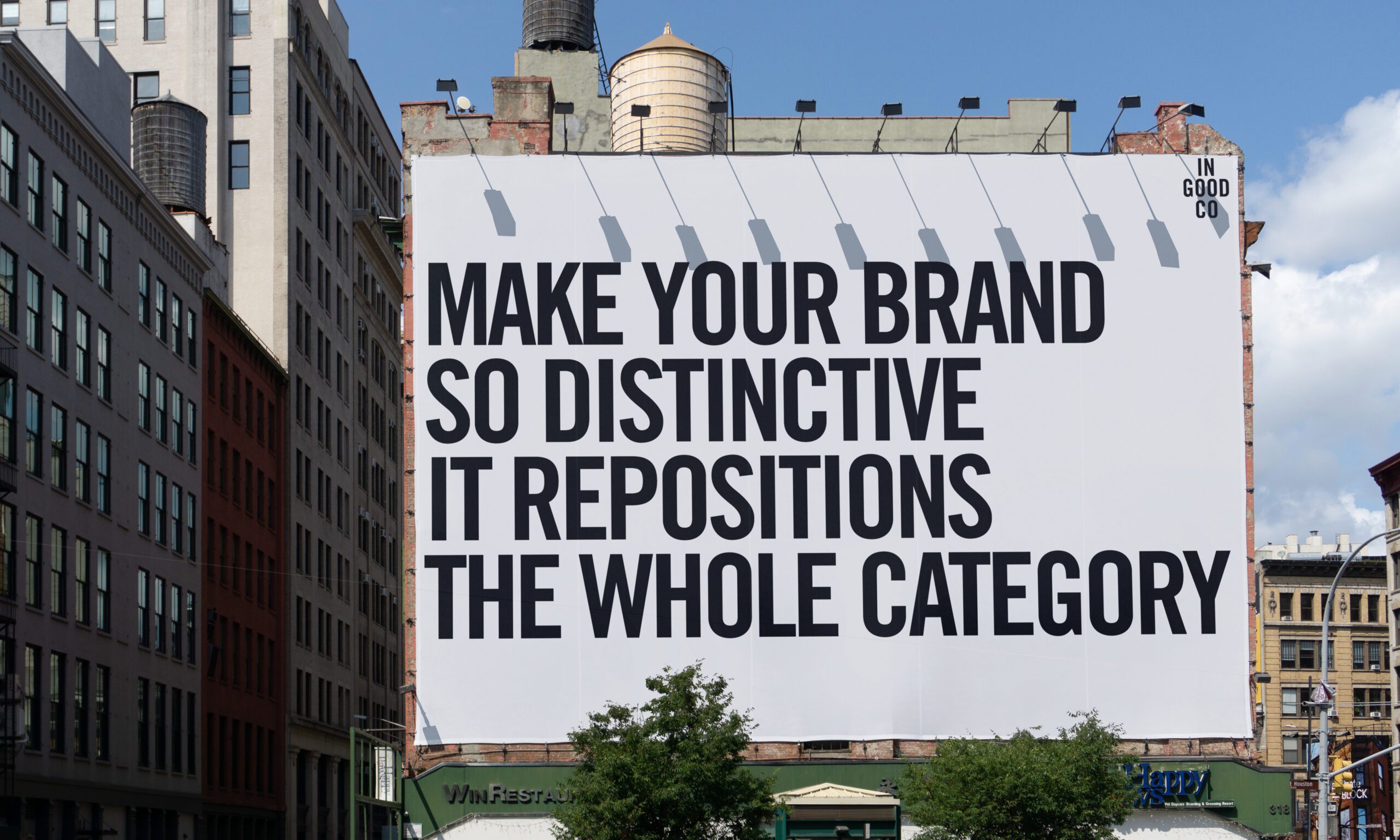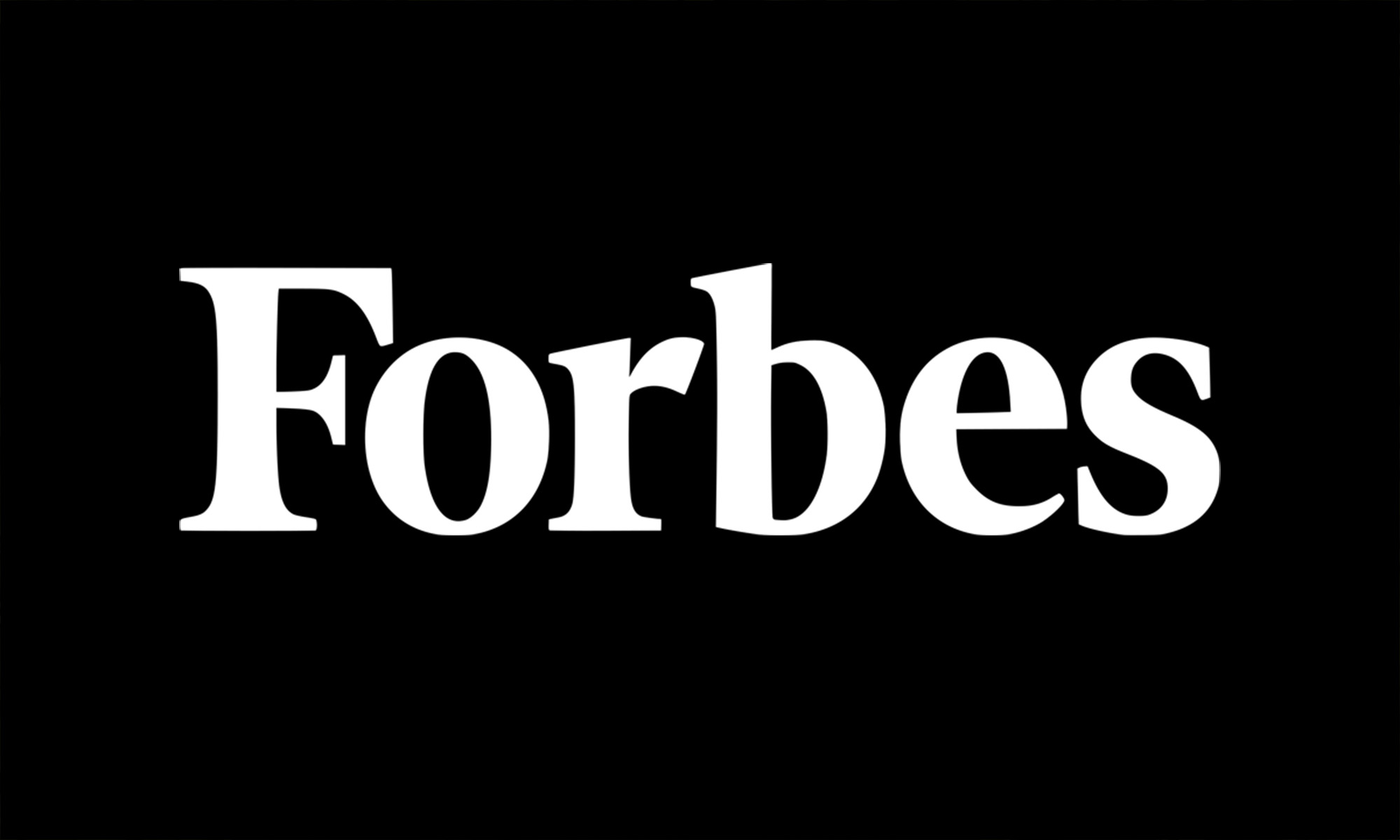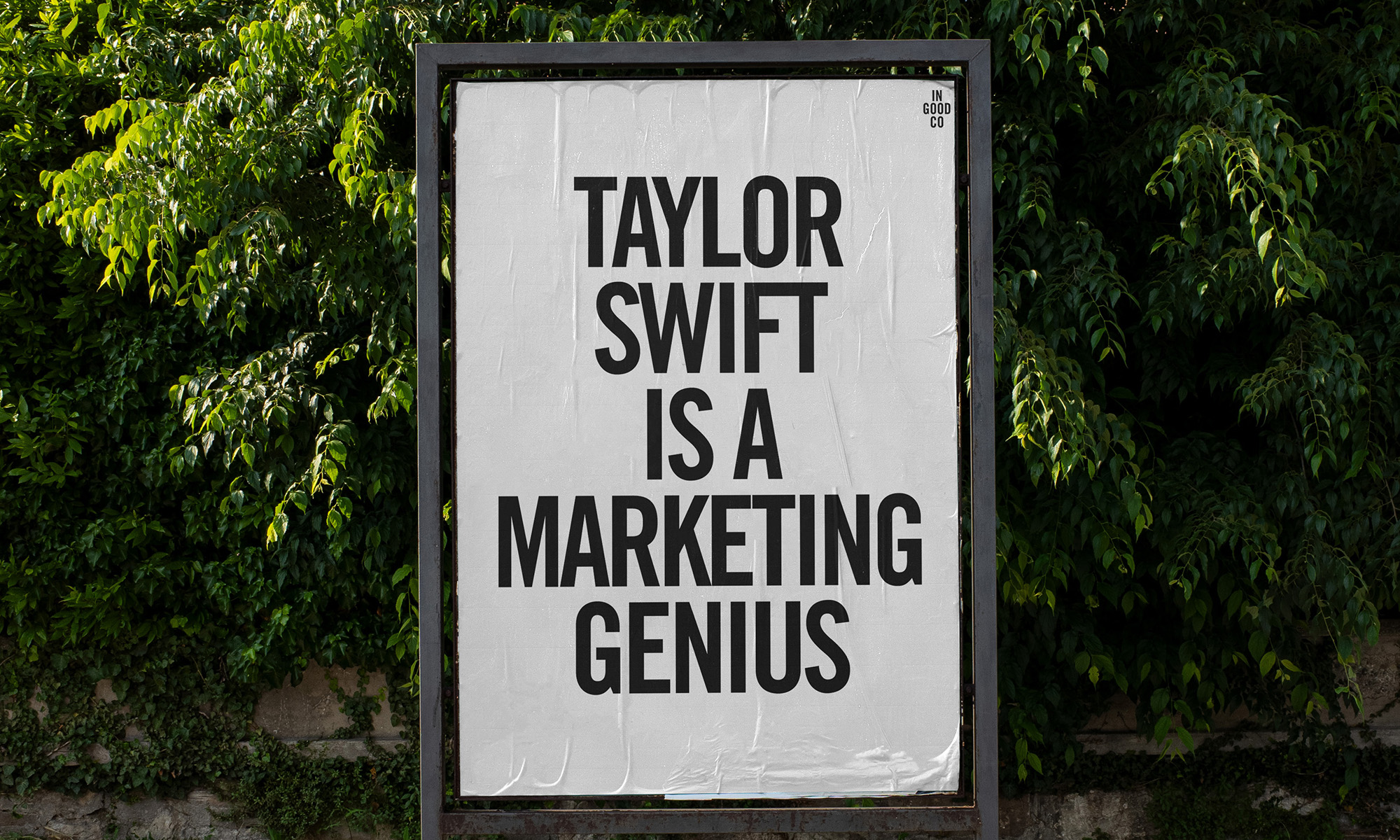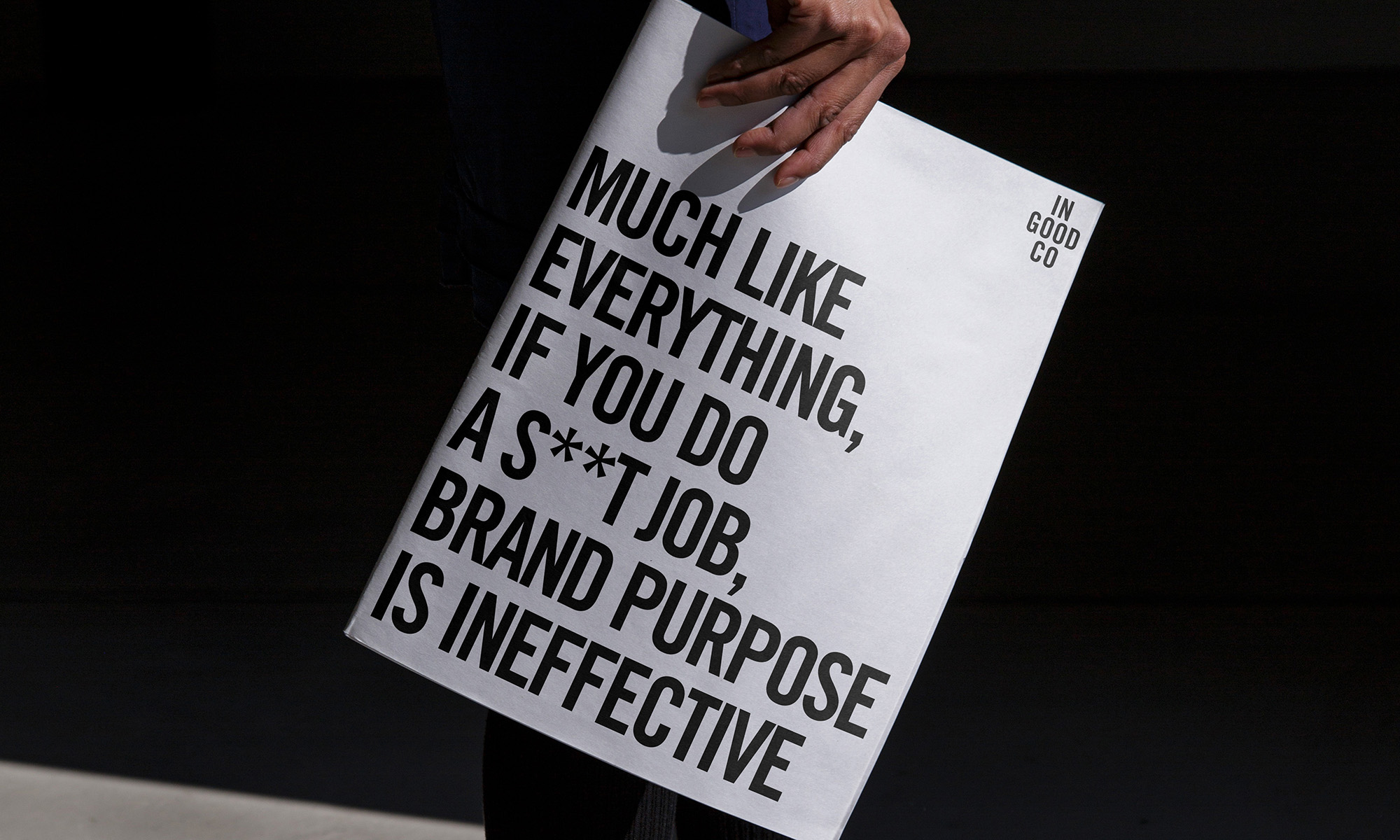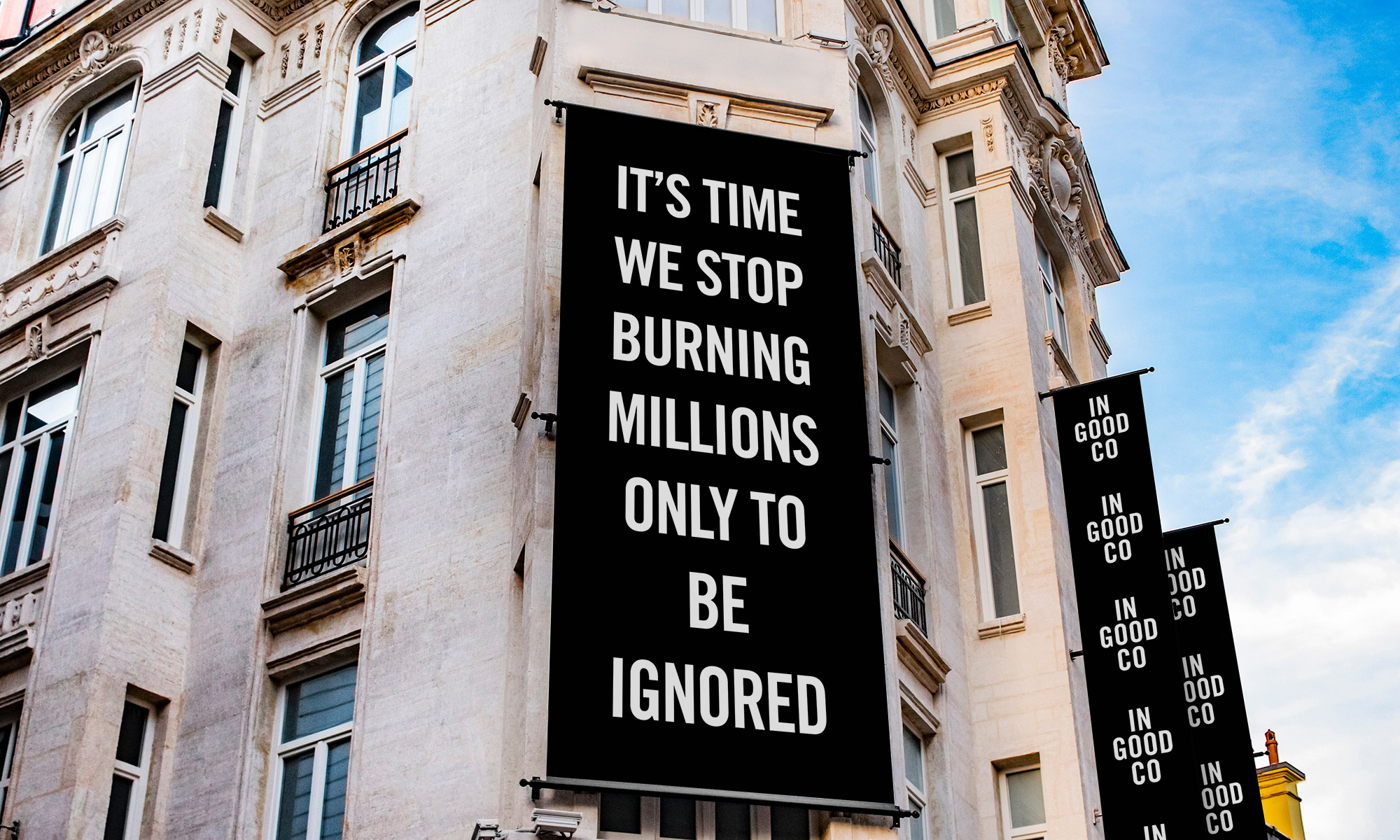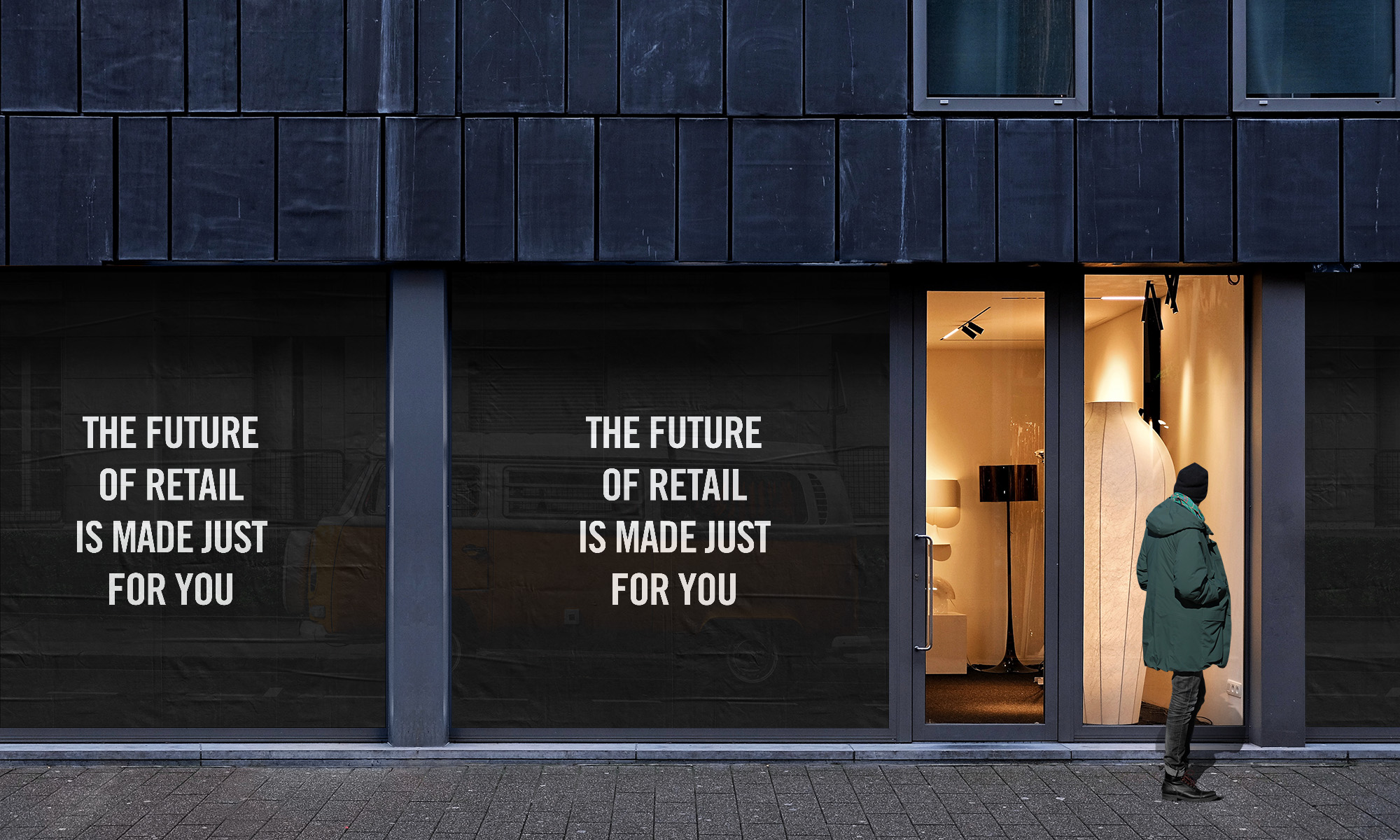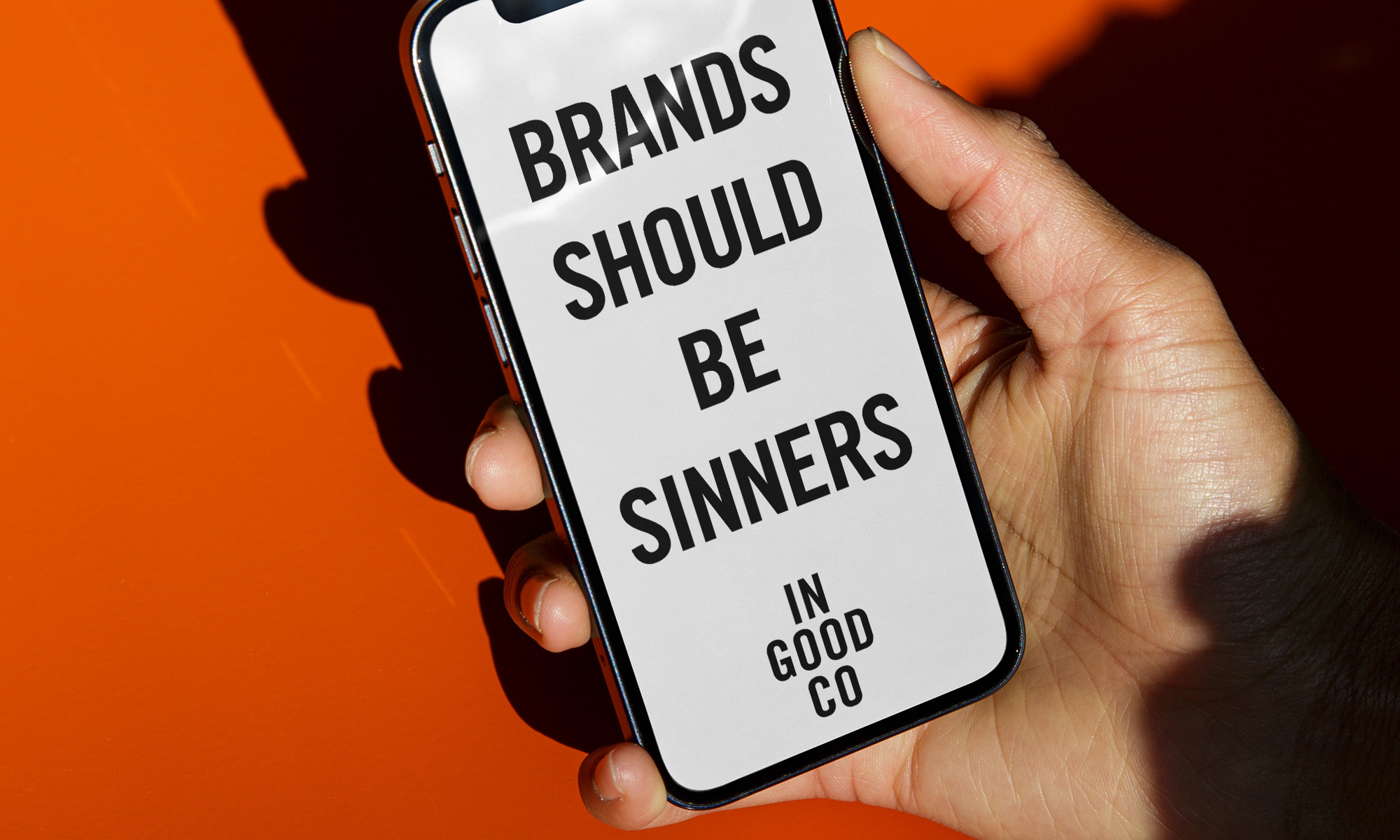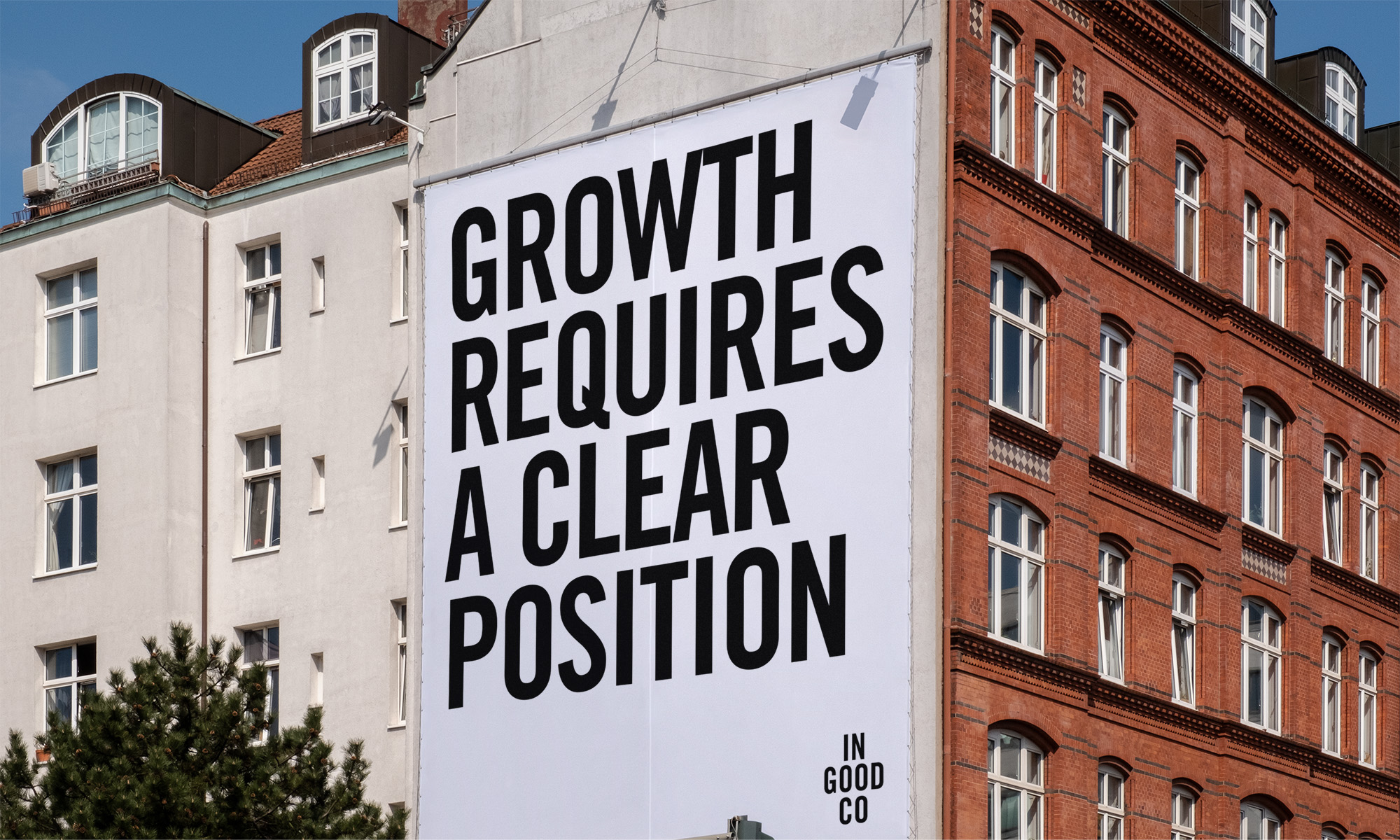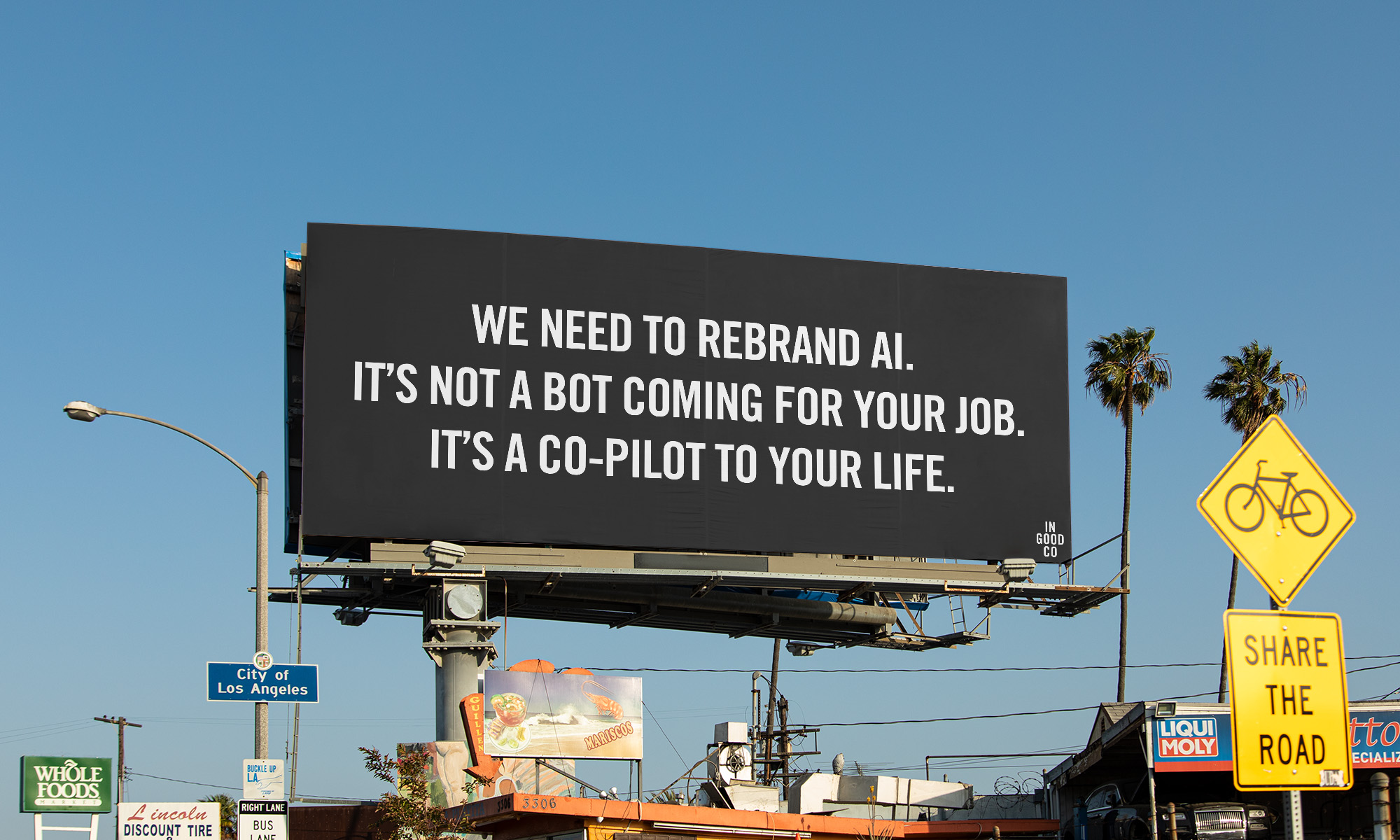ENTERING THE NEXT ERA OF RETAIL
The future of retail is personal.
Curation will take over.
But who’s curating is about to change.
Before we get into what the future of retail looks like, let’s take a quick look back on the eras of retail that led us here.
Prior to the early 19th century, we existed in the Bespoke Era. Goods more or less were made for you personally. Tailoring was the norm, handmade goods were common practice, vendors sold door to door.
Then, enter the department store. House of Fraser, Au Bon Marche, Gallerie Layette, Selfridges, Macy’s.
We begin our Curator Approved Era.
Many goods, brought together under a tight lens of someone with taste, usually the taste du jour helping the masses stay caught up.
Fast forward and we reach today: our Peer Approved Era.
Initially it was crowd sourcing with the likes of Yelp and Lookbook.nu
Quickly we evolved to individual curators: influencers. ‘Peers’ curating a list of products or even storefronts’ with tools like Flagship.
Peer approval even sparked all our favorite Substacks. A constant stream of curated lists, more personal than PR-bought media.
But the question is: what is our next era?
What will help the decision-fatigued consumers in a world where they make over 35000 decisions a day?
Welcome to the Curated For You Era.
Now you may be thinking: Tiktok is already here. That may be true in terms of content but this era will go far beyond a scarily good algorithm. Far beyond what we are just starting to see in Web3 ‘worlds’. This is just the cusp.
AI and user-owned data powered by blockchain will enter us into an era of truly personalized curation.
But serving up good, truly personal recommendations isn’t what will mark this era.
This era will change the shape of retail as we know it today because of YOU.
And we couldn’t need you more.
Ibrahim Ibrahim put it so well: ‘The past 30 years have squeezed the magic and margins out of retail, as we have tried to make it more about convenience, commodity, ubiquity, value and speed, while the next 30 years should be about bringing that magic, storytelling and wonder per square foot back.
The era of Curated For You is that future.
It’s a blending of all previous eras and more.
It will feel like a unique dream-woven moment, made just for you.
Imagine:
You love a specific illustrator.
Great!
Brands will mint you the collaboration.
Limited edition, just for 12hrs.
Just for you
They will then learn from your purchase, offering you more truly unique products at a clip that will make Shein look slow.
In many cases YOU will be the designer.
VC, Rex Woodbury, put it pretty clearly in his recent article on the retail revolution:
You will “be able to enter the text prompt “bright orange high-tops emblazoned with the swoosh and ‘REX’ on the back” and get a custom-made shoe in seconds. Everyone will become a product designer, unlocking new levels of personalization.”
But that’s not even the magical part.
I predict it will define this era because it will change HOW we shop.
In this coming era every brand-owned ecomm site will offer a curated selection that goes beyond one brand.
Do you always buy Everlane tees but Ganni jeans? Brands will accept that and serve you up what you’re looking for in hopes it will push you over the edge.
But it won’t stop there.
The real prediction is it will also change WHERE we shop.
You won’t go to brands. They will come to you.
You will have your own store.
Brands will be granted access. By YOU.
It’s ecomm decentralized. A truly consumer-first world. Who gets access? Who has to pay to get in? This will be up to you to decide. Brands will fight to be in the business of YOU.
Perhaps it’s not the Curated For You Era.
Perhaps it’s the Curated BY You Era.
It’s time for retailers to ready themselves for this evolution. The power shift is coming.
Get ready for everything to change.
